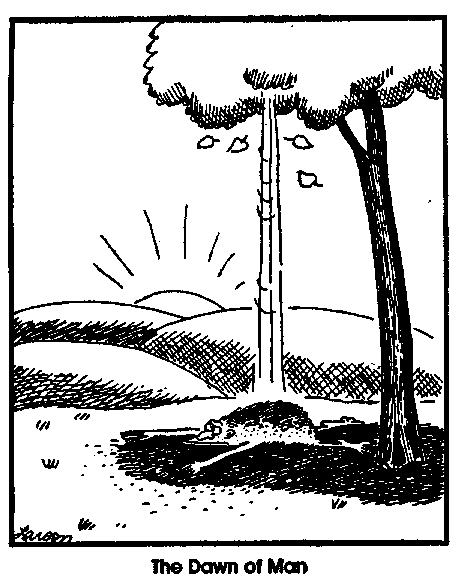Pronouns & Numbers
Labels: Daily Tips 0 commentsThere are so many different kinds of pronouns. They can replace both a noun or another pronoun to make phrases less cumbersone and repetative but you should not use them without thought. One of the things to remember is to keep the number consistent when using pronouns. This means that the pronoun is either singular, if it refers to one thing, or plural, if it refers to several.
That man is deciding which car to buy.
He is deciding which car to buy.
Example: (plural)
Those men are deciding which car to buy.
They are deciding which car to buy.
In some cases, "their" might be more appropriate if you are looking to refer to both sexes, write inclusively, - but know this is not grammatically sound and some do not consider it acceptable in formal writing.
Example: No individual should have to forfeit his right to free speech. (his or her, not their)


